
Exploring the Wonders of Rincon de la Vieja National Park
Discover the volcanic wonders and diverse wildlife of Rincon de la Vieja National Park in Costa Rica, a haven for nature lovers and adventure enthusiasts alike.
Rincon de la Vieja National Park offers a fascinating blend of natural wonders and outdoor adventures. Located in the northwestern part of Costa Rica, this park is home to an active volcano, lush forests, and unique wildlife. Whether you're an avid hiker or just looking to enjoy some serene landscapes, this park has something for everyone. One of the main attractions is the Rincon de la Vieja Volcano. The park features numerous hiking trails that lead you through diverse ecosystems, including tropical forests and volcanic landscapes. As you traverse these paths, you may encounter bubbling mud pots, hot springs, and fumaroles, which are all evidence of the volcanic activity beneath your feet. For wildlife enthusiasts, the park is a treasure trove. Keep your eyes peeled for capuchin monkeys, toucans, and even the elusive jaguar. Bird watchers will be thrilled by the variety of avian species that call this park home. Additionally, the park's waterfalls, such as La Cangreja and Escondida, provide stunning backdrops for a refreshing dip or a picturesque picnic. Adventure seekers can take advantage of the many outdoor activities available, from zip-lining through the canopy to horseback riding along scenic trails. For those interested in a more relaxing experience, the natural hot springs offer a perfect way to unwind after a day of exploration.
Local tips in Rincon de la Vieja National Park
- Wear sturdy hiking boots suitable for uneven terrain and volcanic rocks.
- Bring plenty of water and snacks, as there are limited facilities within the park.
- Visit early in the morning to avoid the midday heat and enjoy quieter trails.
- Check the weather forecast before your visit, as some trails may be closed during heavy rains.
- Consider hiring a local guide to enhance your experience and learn more about the park's flora and fauna.
Exploring the Wonders of Rincon de la Vieja National Park
Rincon de la Vieja National Park offers a fascinating blend of natural wonders and outdoor adventures. Located in the northwestern part of Costa Rica, this park is home to an active volcano, lush forests, and unique wildlife. Whether you're an avid hiker or just looking to enjoy some serene landscapes, this park has something for everyone. One of the main attractions is the Rincon de la Vieja Volcano. The park features numerous hiking trails that lead you through diverse ecosystems, including tropical forests and volcanic landscapes. As you traverse these paths, you may encounter bubbling mud pots, hot springs, and fumaroles, which are all evidence of the volcanic activity beneath your feet. For wildlife enthusiasts, the park is a treasure trove. Keep your eyes peeled for capuchin monkeys, toucans, and even the elusive jaguar. Bird watchers will be thrilled by the variety of avian species that call this park home. Additionally, the park's waterfalls, such as La Cangreja and Escondida, provide stunning backdrops for a refreshing dip or a picturesque picnic. Adventure seekers can take advantage of the many outdoor activities available, from zip-lining through the canopy to horseback riding along scenic trails. For those interested in a more relaxing experience, the natural hot springs offer a perfect way to unwind after a day of exploration.
When is the best time to go to Rincon de la Vieja National Park?
Unmissable attractions to see
Bernabela Ramos Park
Explore the serene beauty of Bernabela Ramos Park in Santa Cruz, a perfect blend of nature, community, and local culture in Guanacaste Province.
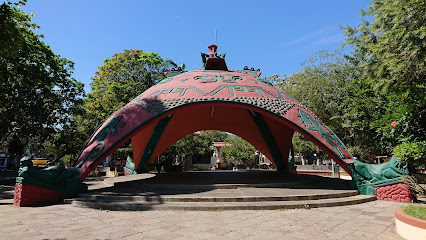
Hacienda Santa Rosa
Explore the historical beauty of Hacienda Santa Rosa in Costa Rica's Guanacaste Province, where nature meets rich cultural heritage.
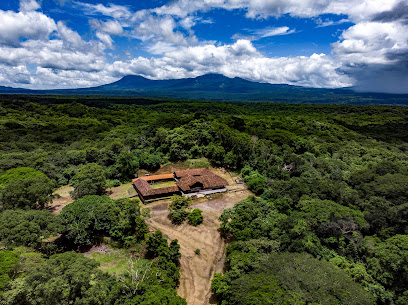
Poza Los Coyotes
Explore the tranquil beauty of Poza Los Coyotes, a hidden gem in Guanacaste, Costa Rica, perfect for nature lovers and adventure seekers.

La Piedra del Indio Waterfalls
Explore La Piedra del Indio Waterfalls in Guanacaste, where stunning views, hiking trails, and local culture come together in a breathtaking natural setting.
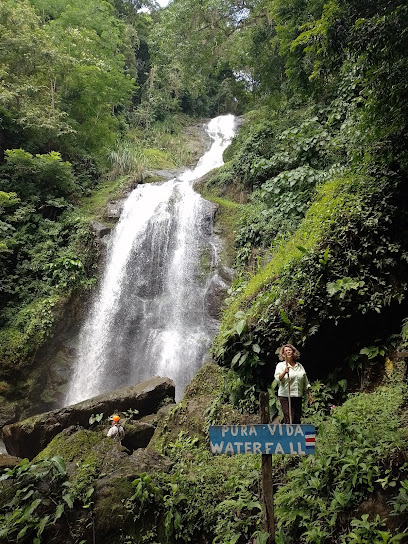
Viento Fresco Waterfall
Immerse yourself in the breathtaking beauty of Viento Fresco Waterfall, a stunning natural wonder in Guanacaste Province, Costa Rica.
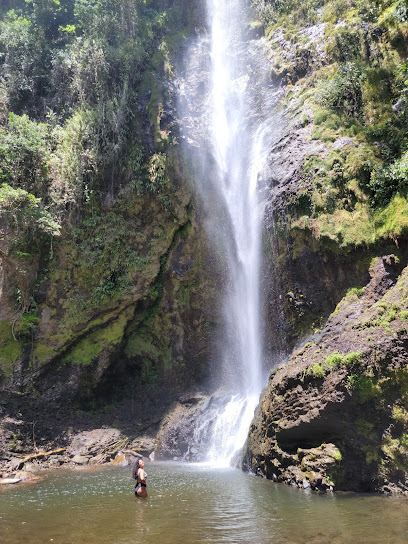
Diria National Park
Explore the breathtaking landscapes and rich biodiversity of Diria National Park, a paradise for nature lovers and adventure seekers in Costa Rica.

Playa Minas
Experience the tranquil beauty of Playa Minas, a serene beach in Guanacaste, perfect for relaxation and breathtaking sunsets.
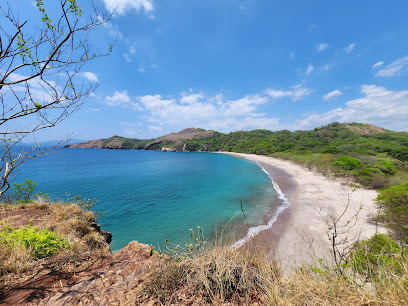
Blue Pass - Palo Verde Boat Tour Safari at Bebedero
Discover the enchanting wildlife and stunning landscapes of Palo Verde on an unforgettable boat tour safari in Guanacaste, Costa Rica.
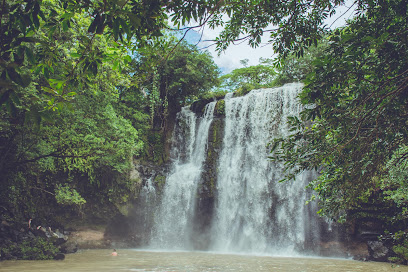
Mirador Valle Escondido Preserve
Explore the breathtaking beauty of Mirador Valle Escondido Preserve in Monteverde, Costa Rica, a hidden gem for nature lovers and adventure seekers.

Frog's Paradise
Discover the enchanting biodiversity of Frog's Paradise in Bijagua, where nature and adventure come together for an unforgettable experience.
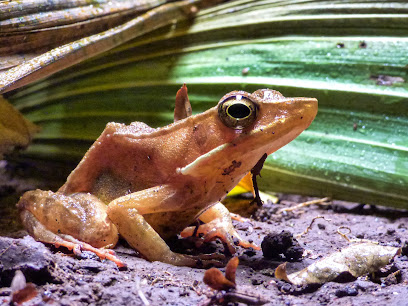
La Vieja Waterfalls
Experience the natural beauty and adventure of La Vieja Waterfalls in Guanacaste, Costa Rica, where cascading waters meet lush landscapes.
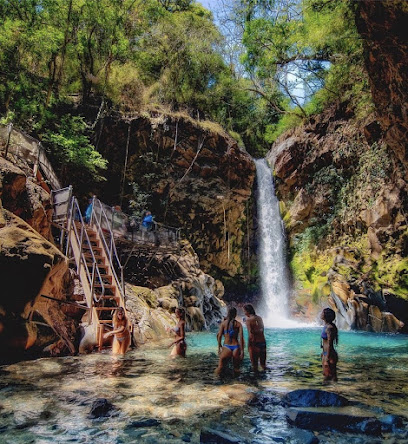
Sector Las Pailas Área de Conservación Guanacaste
Discover the unmatched beauty of Sector Las Pailas in Guanacaste, Costa Rica, where nature, adventure, and biodiversity come together in perfect harmony.
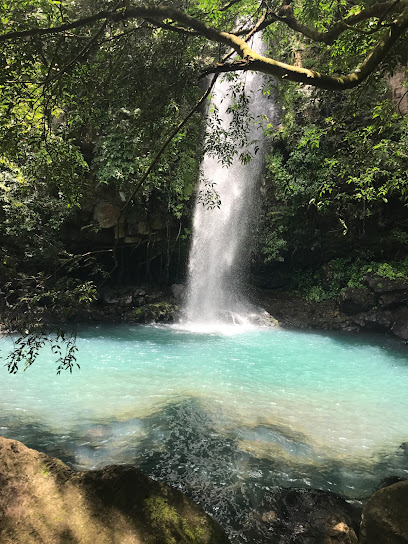
Playa Flamingo
Experience the beauty and adventure of Playa Flamingo, a stunning beach destination in Guanacaste, Costa Rica, perfect for relaxation and outdoor activities.

Scenic Vista
Discover the breathtaking beauty of Scenic Vista in Guanacaste, Costa Rica, a must-visit tourist attraction for nature lovers and adventure seekers.
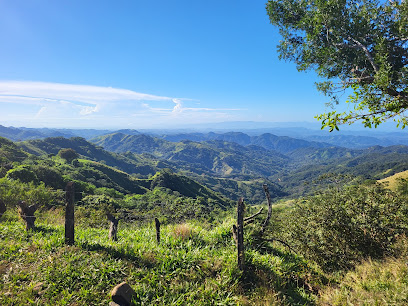
Parador Fotográfico Liberia
Explore Parador Fotográfico Liberia: A breathtaking viewpoint in Guanacaste, Costa Rica, ideal for photography and experiencing local culture.
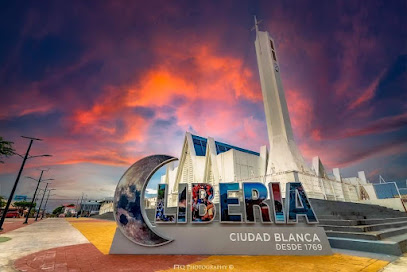
Essential places to dine
Finca Nueva Zelandia
Experience authentic Costa Rican cuisine at Finca Nueva Zelandia in Guanacaste—where fresh ingredients meet vibrant flavors.
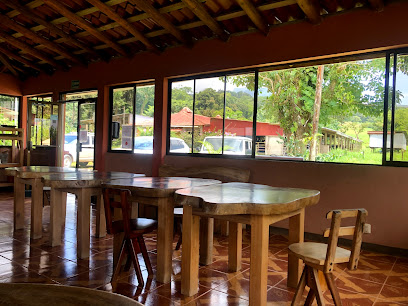
La Cocina de Mayrita
Experience the essence of Costa Rican flavors at La Cocina de Mayrita in El Gavilan - where every dish tells a story.
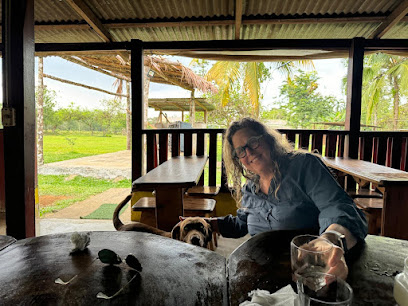
Camino al Cerro Catering & Pícnic Service
Experience authentic Costa Rican cuisine surrounded by breathtaking landscapes at Camino al Cerro Catering & Pícnic Service.
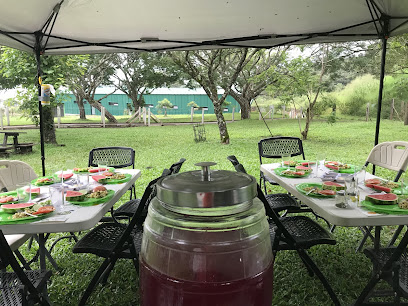
Nekajui Garden Restaurant
Discover authentic Costa Rican cuisine at Nekajui Garden Restaurant, nestled in Guanacaste's stunning natural landscapes.
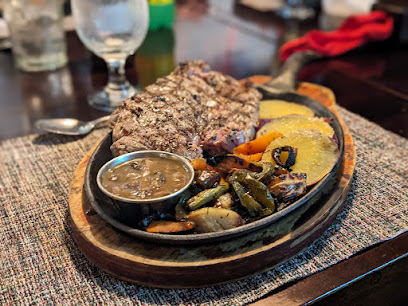
Markets, malls and hidden boutiques
Parque Nacional Rincón de la Vieja
Experience the breathtaking beauty and biodiversity of Parque Nacional Rincón de la Vieja, a must-visit national park in Guanacaste, Costa Rica.
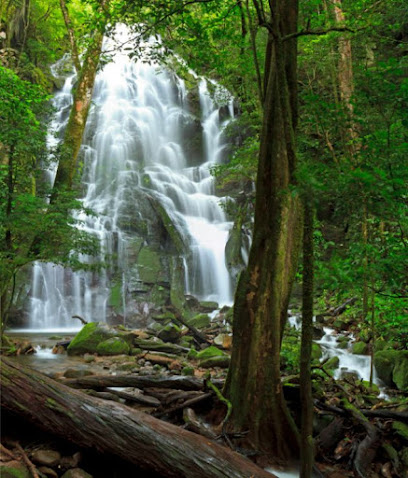
Pasamanería Adriana
Explore Pasamanería Adriana, the charming gift shop in Liberia offering authentic Costa Rican crafts and unique souvenirs for every traveler.
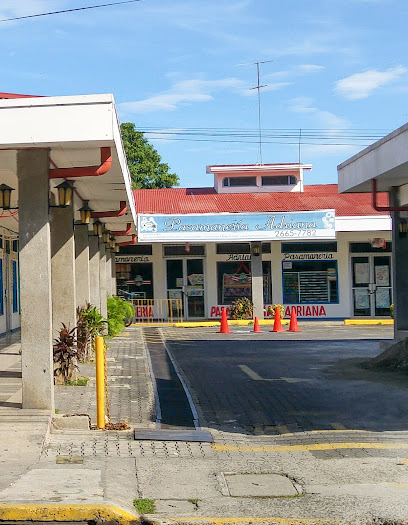
Sea Star Souvenir
Explore the vibrant selection of authentic Costa Rican souvenirs at Sea Star Souvenir in Brasilito, a treasure trove of unique gifts and local artisan crafts.
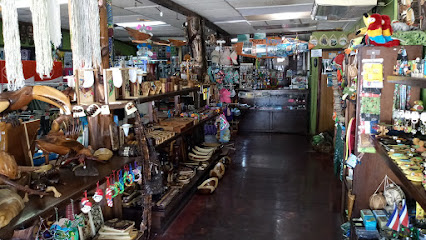
Souvenir Ocarina
Explore Souvenir Ocarina in Liberia for unique handcrafted treasures and a taste of Costa Rican culture.
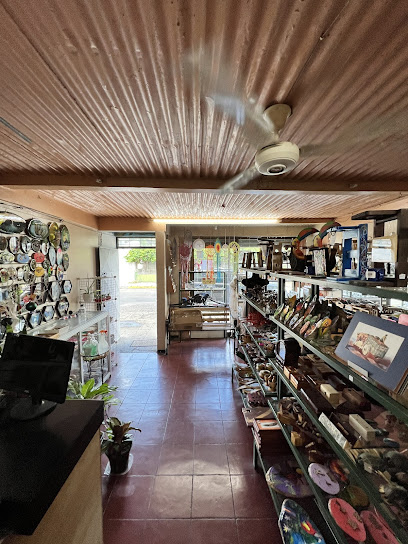
Tiara Boutique
Explore local artistry and fashion at Tiara Boutique in Liberia, Costa Rica, where unique finds await every traveler.
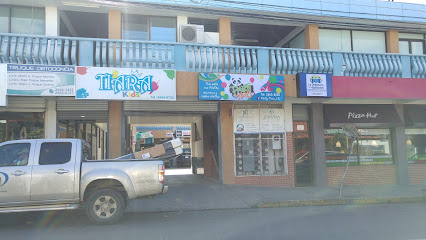
Q' Chiva
Explore the essence of Costa Rica at Q' Chiva, your destination for authentic souvenirs and local crafts in Liberia.
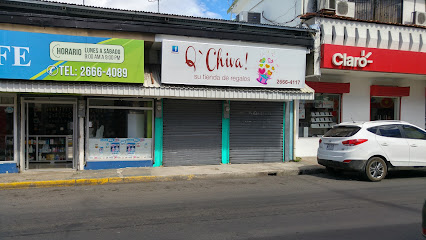
Almacén El Pirineo
Discover the local charm of Almacén El Pirineo, a supermarket in Guanacaste offering fresh produce and unique Costa Rican treats.

Jimena Boutique
Explore Jimena Boutique in Liberia for a unique shopping experience, featuring stylish clothing and accessories that showcase Costa Rican fashion.

Mundo Primitivo
Explore unique and stylish footwear at Mundo Primitivo in Guanacaste, Costa Rica - a local favorite for shoe enthusiasts.
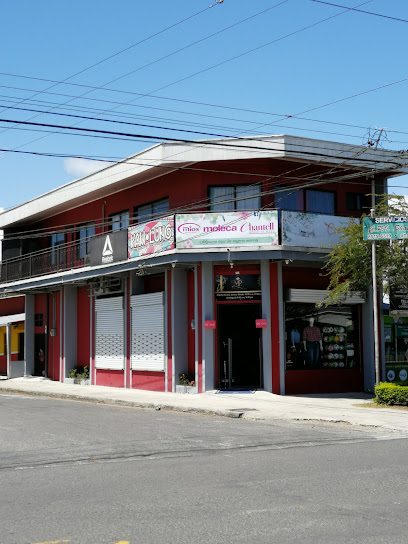
Naranjos
Explore Naranjos, a vibrant supermarket in Curubandé de Liberia, offering local products and a taste of Costa Rican culture.

GYG MINI MART
Discover the convenience of GYG Mini Mart in Liberia, Guanacaste, your go-to supermarket for local goods and essentials.
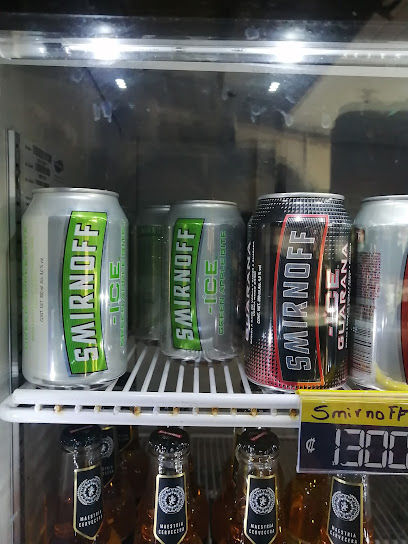
Britt Shop Costa Rica
Explore Britt Shop Costa Rica for authentic souvenirs and local crafts reflecting the vibrant culture of this beautiful country.
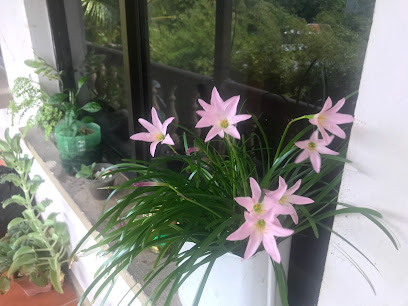
Donde Osi
Experience the charm of Costa Rican craftsmanship at Donde Osi, the ultimate gift shop for unique souvenirs and custom t-shirts in Liberia.
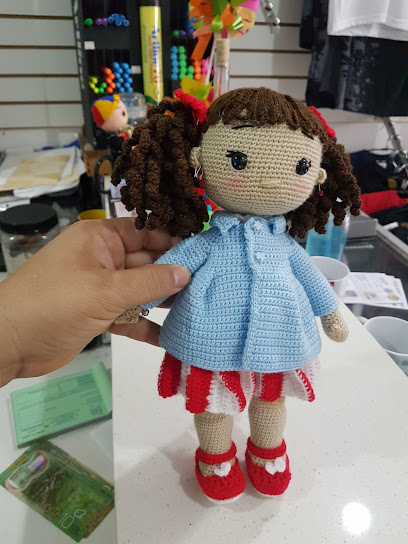
Pulperia elí la unión
Explore the vibrant flavors of Guanacaste at Pulperia elí la unión, a local supermarket filled with fresh produce and traditional Costa Rican goods.
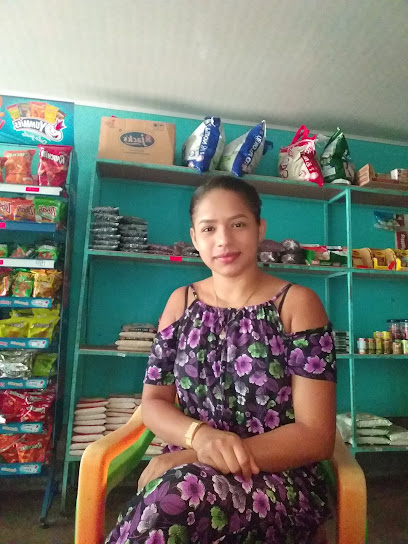
Vinos Artesanales Tonino
Explore the exquisite world of Costa Rican artisanal wines at Vinos Artesanales Tonino, nestled in the scenic beauty of Guanacaste.

Essential bars & hidden hideouts
Bar El Barquito
Experience the vibrant nightlife of Liberia, Costa Rica at Bar El Barquito, where delicious cocktails and local snacks await.
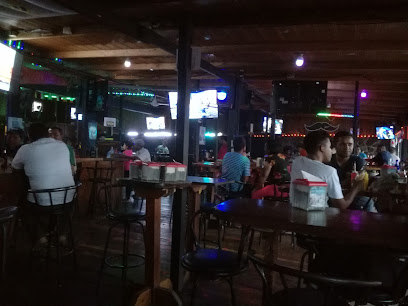
Victory Bar
Discover the vibrant atmosphere of Victory Bar in Liberia, where affordability meets unforgettable local culture and camaraderie.
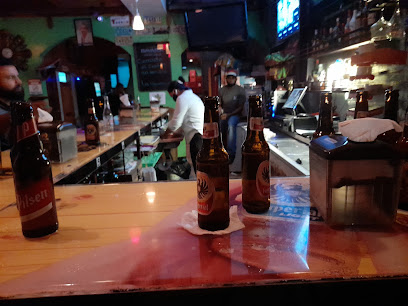
Quebrada Grande, Liberia, Guanacaste
Experience the vibrant nightlife and local culture at Quebrada Grande, a top bar destination in Guanacaste, Costa Rica.
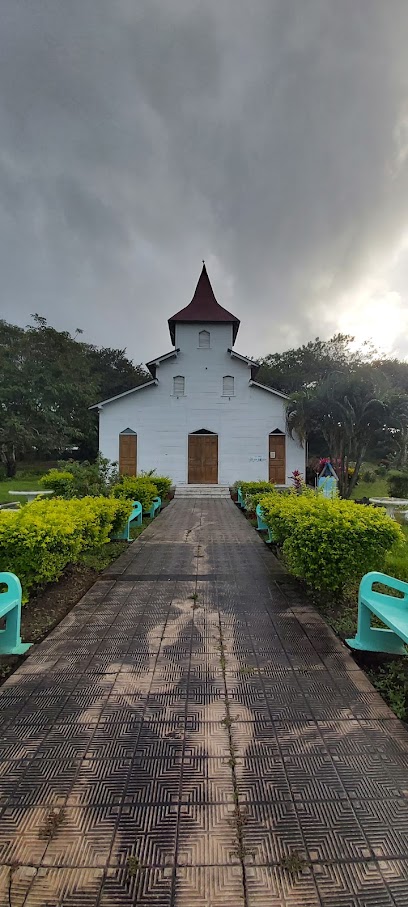
Bar Caballo Blanco
Experience the vibrant atmosphere and refreshing drinks at Bar Caballo Blanco in Guanacaste Province, a perfect spot for relaxation and local culture.
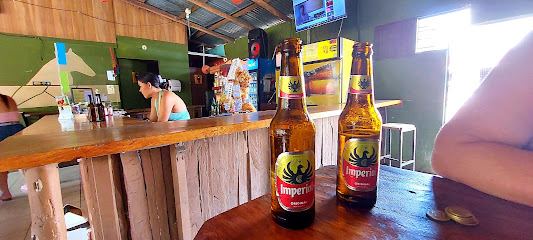
El Mirador
Discover El Mirador, a vibrant bar in Guanacaste offering stunning views, local drinks, and a lively atmosphere perfect for unwinding.
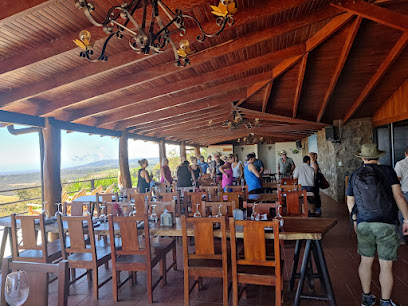
Bar Candilejas
Experience the lively atmosphere and vibrant culture at Bar Candilejas in Liberia, where refreshing cocktails and friendly vibes await.
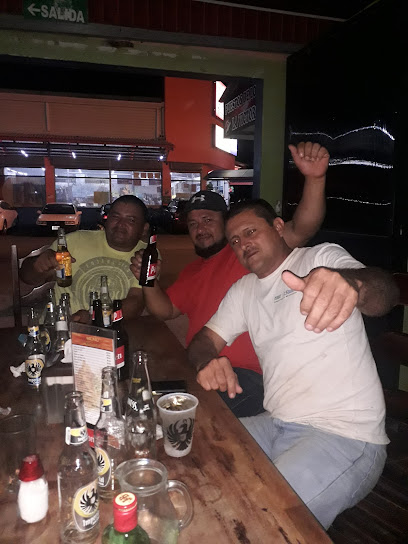
Bar Rancho Miravalles
Experience the charm of Costa Rica at Bar Rancho Miravalles, a cozy bar in La Fortuna offering local drinks and a welcoming atmosphere.
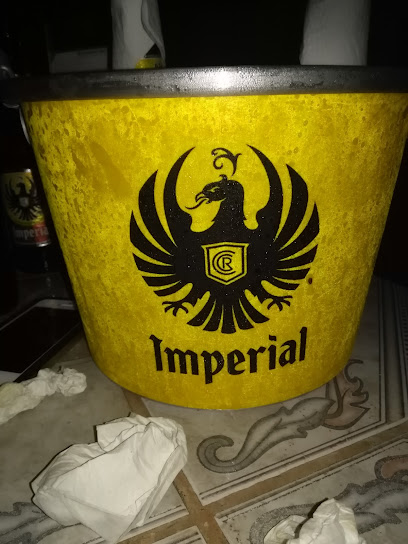
Bar Gallos
Experience the vibrant nightlife at Bar Gallos in Liberia, Guanacaste, where delicious drinks and a lively atmosphere await you.

Clan las palmas
Experience the vibrant atmosphere and refreshing drinks at Clan Las Palmas, a must-visit bar in the heart of Guanacaste, Costa Rica.

Bar El Pueblo
Discover Bar El Pueblo in Guanacaste, a lively bar where local flavors and vibrant nightlife come together for an unforgettable experience.
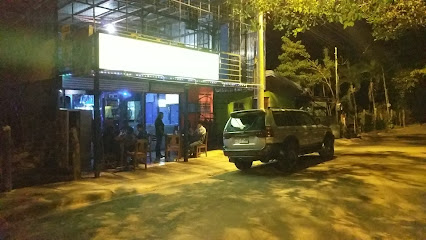
Bar & Restaurante Tinoco Spot Bar
Discover the lively atmosphere and refreshing drinks at Tinoco Spot Bar in Liberia, Guanacaste, for an authentic taste of Costa Rican nightlife.

Bar Bella Vista
Experience the vibrant nightlife at Bar Bella Vista in Guanacaste, where delicious drinks meet stunning views and lively atmosphere.

Bar potrerillo
Experience the authentic taste of Costa Rica at Bar Potrerillo, where grilled delights and local hospitality await in beautiful Guanacaste.
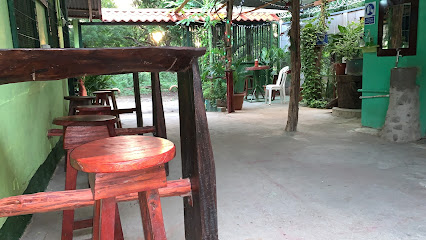
Bar Rancho Liberiano
Discover the lively Bar Rancho Liberiano in Liberia, a hotspot for local drinks and vibrant nightlife experiences in beautiful Guanacaste.
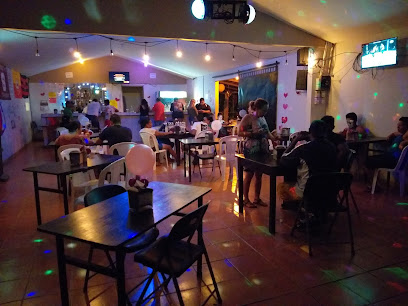
CLAN LOS TAMARINDOS
Discover the lively ambiance and refreshing drinks at Clan Los Tamarindos, a must-visit bar in Guanacaste, Costa Rica, where every night is a celebration.

Local Phrases about Rincon de la Vieja National Park
-
- HelloHola
[oh-lah] - GoodbyeAdiós
[ah-dee-ohs] - YesSí
[see] - NoNo
[noh] - Please/You're welcomePor favor/De nada
[por fah-vor/de nah-dah] - Thank youGracias
[grah-see-ahs] - Excuse me/SorryPerdón/Lo siento
[pair-dohn/loh see-en-toh] - How are you?¿Cómo estás?
[koh-moh ehs-tahs] - Fine. And you?Bien. ¿Y tú?
[bee-ehn. ee too] - Do you speak English?¿Hablas inglés?
[ah-blahs een-glehs] - I don't understandNo entiendo
[noh ehn-tyen-doh]
- HelloHola
-
- I'd like to see the menu, pleaseMe gustaría ver el menú, por favor
[meh goo-stah-ree-ah vehr ehl meh-noo, por fah-vor] - I don't eat meatNo como carne
[noh koh-moh kahr-neh] - Cheers!¡Salud!
[sah-lood] - I would like to pay, pleaseMe gustaría pagar, por favor
[meh goo-stah-ree-ah pah-gahr, por fah-vor]
- I'd like to see the menu, pleaseMe gustaría ver el menú, por favor
-
- Help!¡Ayuda!
[ah-yoo-dah] - Go away!¡Vete!
[veh-teh] - Call the Police!¡Llama a la policía!
[yah-mah ah lah poh-lee-see-ah] - Call a doctor!¡Llama a un médico!
[yah-mah ah oon meh-dee-koh] - I'm lostEstoy perdido
[ehs-toy pair-dee-doh] - I'm illEstoy enfermo
[ehs-toy ehn-fehr-moh]
- Help!¡Ayuda!
-
- I'd like to buy...Me gustaría comprar...
[meh goo-stah-ree-ah kohm-prahr...] - I'm just lookingSólo estoy mirando
[soh-loh ehs-toy mee-rahn-doh] - How much is it?¿Cuánto cuesta?
[kwan-toh kwehs-tah] - That's too expensiveEso es demasiado caro
[eh-soh ehs deh-mah-syah-doh kahr-oh] - Can you lower the price?¿Puede bajar el precio?
[pweh-deh bah-har ehl preh-syoh]
- I'd like to buy...Me gustaría comprar...
-
- What time is it?¿Qué hora es?
[keh oh-rah ehs] - It's one o'clockEs la una
[ehs lah oo-nah] - Half past (10)Son las diez y media
[sohn lahs dyehs ee meh-dee-ah] - MorningMañana
[mah-nyah-nah] - AfternoonTarde
[tahr-deh] - EveningNoche
[noh-cheh] - YesterdayAyer
[ah-yehr] - TodayHoy
[oy] - TomorrowMañana
[mah-nyah-nah] - 1Uno
[oo-noh] - 2Dos
[dohs] - 3Tres
[trehs] - 4Cuatro
[kwah-troh] - 5Cinco
[seen-koh] - 6Seis
[says] - 7Siete
[syeh-teh] - 8Ocho
[oh-choh] - 9Nueve
[nwheh-veh] - 10Diez
[dyehs]
- What time is it?¿Qué hora es?
-
- Where's a/the...?¿Dónde está el/la...?
[dohn-deh ehs-tah ehl/lah] - What's the address?¿Cuál es la dirección?
[kwahl ehs lah dee-rehk-syon] - Can you show me (on the map)?¿Puede mostrarme (en el mapa)?
[pweh-deh mohs-trar-meh (ehn ehl mah-pah)] - When's the next (bus)?¿Cuándo es el próximo (autobús)?
[kwan-doh ehs ehl proh-ksee-moh (ow-toh-boos)] - A ticket (to ....)Un boleto (a ....)
[oon boh-leh-toh (ah)]
- Where's a/the...?¿Dónde está el/la...?
History of Rincon de la Vieja National Park
-
Rincon de la Vieja National Park is located in the Guanacaste region of Costa Rica, an area that has been inhabited by indigenous peoples for thousands of years. The Chorotega people, known for their advanced pottery and agricultural techniques, were the primary inhabitants before the arrival of the Spanish. They revered the volcanic landscape and considered it a sacred place, with numerous legends and myths surrounding the volcano.
-
The arrival of Spanish conquistadors in the 16th century dramatically altered the region. The Spanish were drawn to Costa Rica's fertile lands and strategic location. They established settlements and missions, often clashing with indigenous populations. The Chorotega people were largely displaced, and their culture and traditions were suppressed. However, some of their influence remains evident in local customs and place names.
-
Rincon de la Vieja Volcano has been active for millions of years, shaping the landscape and creating a unique ecosystem. Historical records indicate several significant eruptions, including those in the mid-19th century that affected local settlements. The volcanic activity has also created numerous geothermal features such as hot springs, bubbling mud pots, and fumaroles, which have become major attractions for visitors.
-
Rincon de la Vieja National Park was established in 1973 to protect its unique volcanic landscapes, diverse ecosystems, and rich cultural history. The park covers over 34,000 acres and includes both the Rincon de la Vieja and Santa Maria volcanoes. The creation of the park was part of a broader conservation movement in Costa Rica, which has become a global leader in environmental preservation and ecotourism.
-
The park is a biodiversity hotspot, home to a wide range of flora and fauna, including several endangered species. Conservation efforts within the park have focused on protecting these species and their habitats. Research and monitoring programs have been established to study the park's ecosystems and the impacts of volcanic activity. These efforts have contributed to the park's reputation as a key site for scientific research and environmental education.
-
Beyond its natural beauty, Rincon de la Vieja holds significant cultural importance. Local communities have strong ties to the land and have maintained many traditional practices. The park's name, which translates to 'Corner of the Old Woman,' is derived from a local legend about a young woman who was turned into a recluse after a tragic love story. This legend is an integral part of the region's cultural heritage and is often shared with visitors.
Rincon de la Vieja National Park Essentials
-
Rincon de la Vieja National Park is located in the Guanacaste province of Costa Rica. The nearest international airport is Daniel Oduber Quirós International Airport in Liberia, approximately 25 kilometers away. From Liberia, you can rent a car, take a taxi, or use a shuttle service to reach the park. The drive typically takes around 45 minutes. Public buses also operate from Liberia to the town of Curubande, located near the park entrance.
-
Within Rincon de la Vieja National Park, most attractions are accessible via well-marked hiking trails. For longer distances or to explore surrounding areas, renting a car is a convenient option. Local taxis and shuttle services are also available and can be arranged through your accommodation. Bicycles can be rented in nearby towns for those who prefer a more eco-friendly mode of transport.
-
The official currency in Costa Rica is the Costa Rican Colón (CRC). Credit cards are accepted at most hotels, restaurants, and larger shops, but it is advisable to carry cash for small purchases and entrance fees to the park. ATMs can be found in nearby towns like Liberia, but it is recommended to withdraw sufficient cash before heading to more remote areas.
-
Rincon de la Vieja National Park is generally safe for tourists. However, it is important to take standard precautions. Avoid leaving valuables unattended and be cautious of your surroundings, especially in crowded areas. While the crime rate targeting tourists is low, petty theft can occur. Stick to marked trails within the park and avoid venturing into unfamiliar areas.
-
In case of an emergency, dial 911 for immediate assistance. The nearest medical facilities are located in Liberia, which is approximately 25 kilometers from the park. It is highly recommended to have travel insurance that covers medical emergencies. For minor health concerns, there are pharmacies in nearby towns where you can purchase over-the-counter medications.
-
Fashion: Do wear lightweight, breathable clothing suitable for hiking. Avoid wearing flip-flops or open-toed shoes on trails. Religion: Do respect local customs and traditions. Dress modestly when visiting religious sites. Public Transport: Do be polite and offer your seat to elderly passengers. Don't eat or drink on public buses. Greetings: Do greet people with a friendly 'Hola' or 'Buenos días.' A handshake is also common. Eating & Drinking: Do try local dishes and accept food offerings graciously. Don't refuse hospitality, as it is considered impolite.
-
To experience Rincon de la Vieja National Park like a local, visit during the dry season (December to April) for the best hiking conditions. Engage with park rangers and guides, who can provide valuable insights and enhance your visit. Don't miss the hot springs and natural mud baths, which are popular among locals. Additionally, try local delicacies such as 'casado' and 'gallo pinto' at nearby eateries for an authentic taste of Costa Rican cuisine.
Nearby Cities to Rincon de la Vieja National Park
-
Things To Do in Guanacaste
-
Things To Do in Playa Flamingo
-
Things To Do in Tamarindo
-
Things To Do in Monteverde
-
Things To Do in San Juan del Sur
-
Things To Do in La Fortuna
-
Things To Do in Ometepe
-
Things To Do in Rivas
-
Things To Do in Granada
-
Things To Do in Jaco
-
Things To Do in Masaya
-
Things To Do in San Jose
-
Things To Do in Managua
-
Things To Do in Manuel Antonio
-
Things To Do in Jinotega





